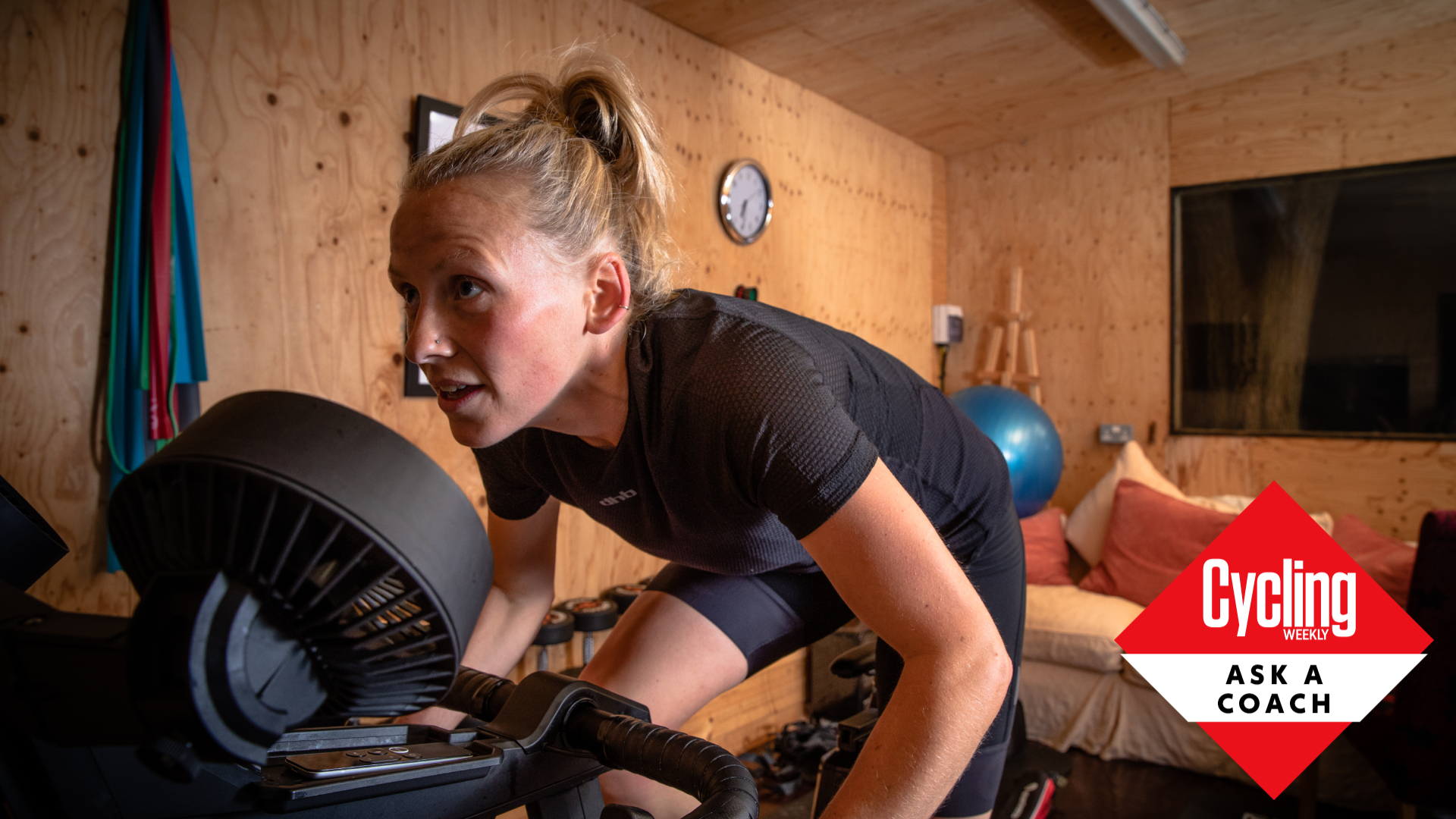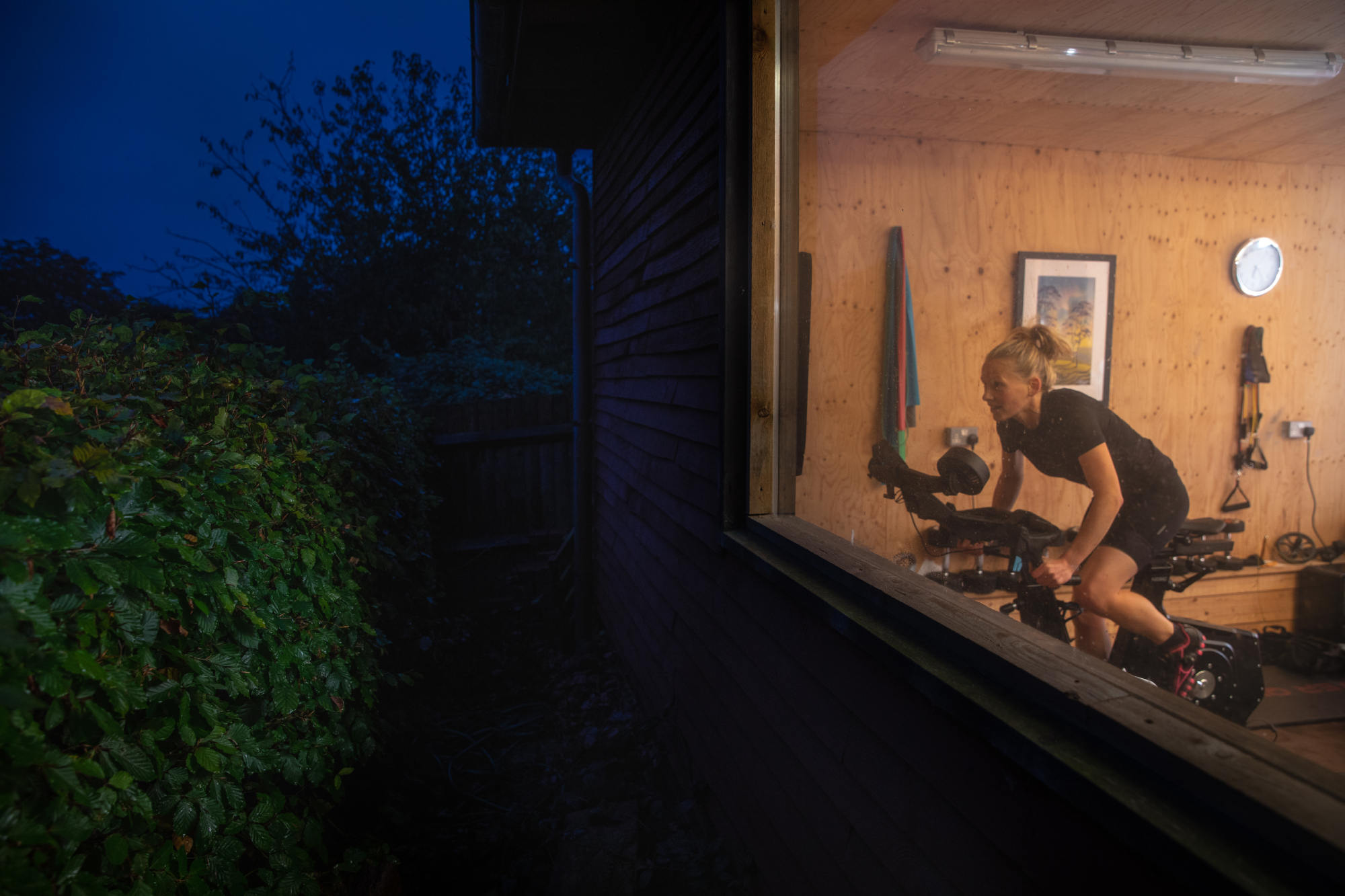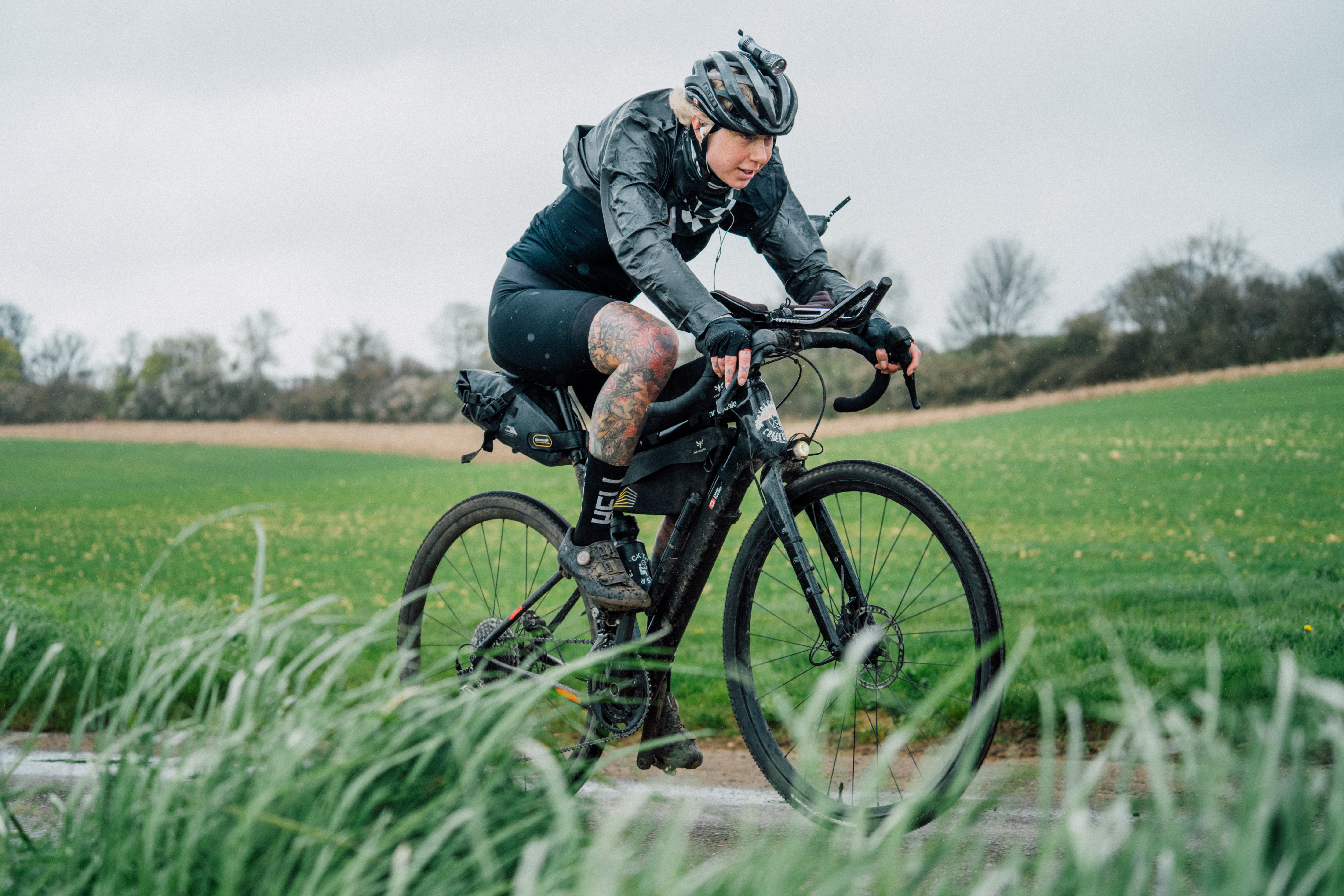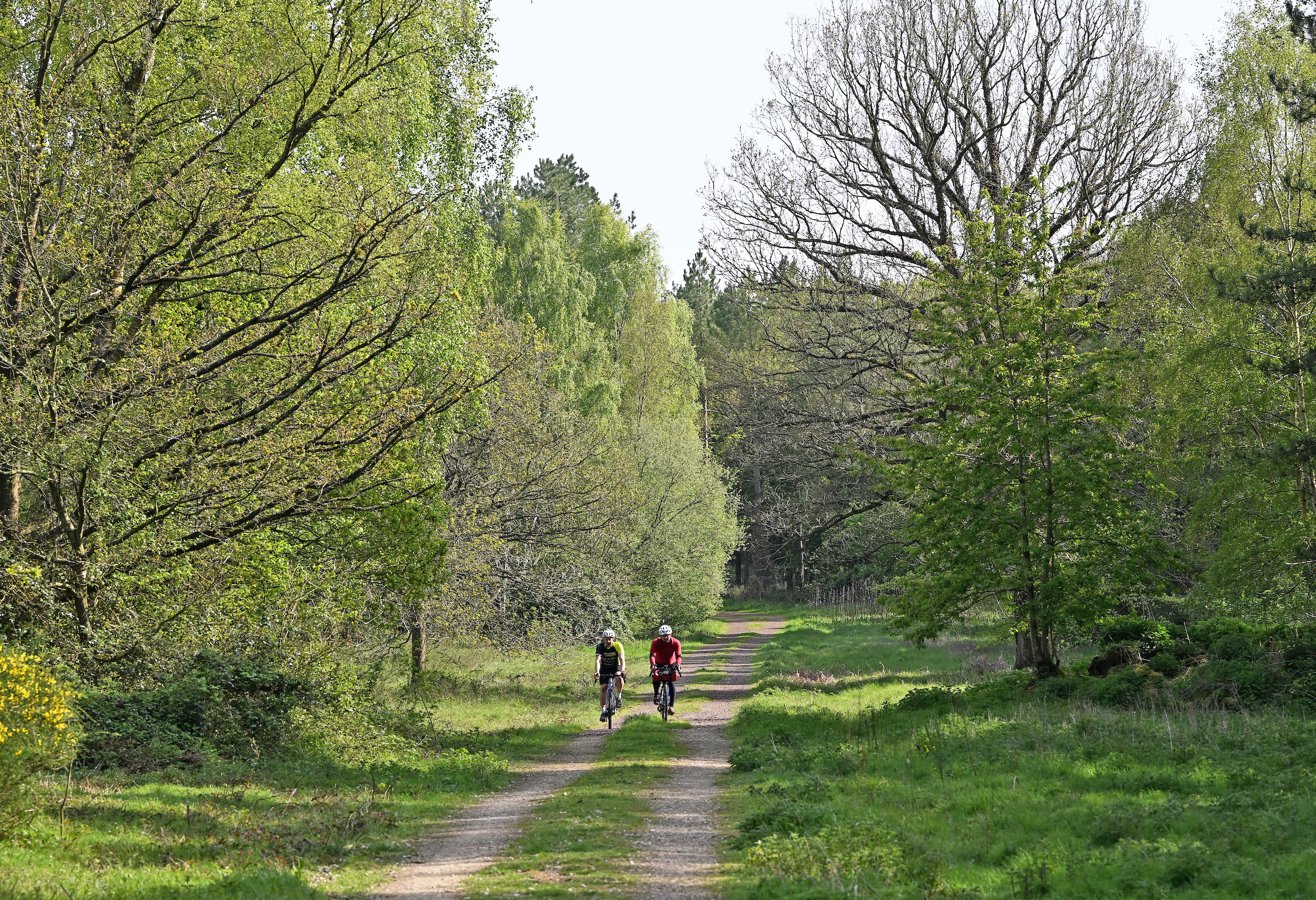Ask a coach: 'What happens if I only do high intensity workouts?'
If you're time-crunched, it's easy to choose a quick 30 to 40-minute workout on the night. Here's what will happen to your fitness if you do this time and time again...


Let’s face it, most of us are time-crunched and need to fit our training in around work, family, and social lives. Therefore, it can be tempting to consider cutting out those longer rides and instead only focusing on short hard intensive sessions such as these HIIT workouts. Is this a solution for the time-crunched cyclists? Cycling coach James Spragg explains what happens to your cycling fitness if you end up taking this approach...

Sports scientist and coach James Spragg is one of the experts who will be answering your questions in Cycling Weekly's ASK A CYCLING COACH series which comes out every Wednesday. Working both in research and applied settings, he currently runs Intercept Performance Consultancy.
We all know that pro cyclists train a lot; most pros will train approximately 1000 hours per year. Now that’s a lot of riding your bike. Clearly, not all of that can be at a high intensity. We typically refer to the total amount of training as ‘training volume’. Looking at the distribution of intensity within that training volume for the pro athletes I work with, we see that roughly 80 to 90 per cent of their time on the bike is done at easy intensities (for them at least!). Now they aren’t doing this simply to fill the time in between races. There must be some benefit to a lot of training time at low intensities. But what is it?
Let's take a bit of a deeper dive into adaptations to training and the role of intensity.
First of all, a caveat. Here I am talking about the ‘endurance’ cycling disciplines. Sprint disciplines (for example, BMX and track sprinting) have very different demands and therefore the training for those disciplines will be very different!
Simply put, endurance training is typically looking at improving how much oxygen you can take in and how much power you can produce with that oxygen. There are many things that influence how well you can convert oxygen into pedalling power. From cardiac output, to blood volume, haematocrit levels, capillarization, mitochondrial density, muscle firing patterns, etc. Some of these are best trained via intensity and some are best trained via volume.
For example, there is evidence to suggest that how well we convert the oxygen we get into the mitochondria (the ‘power houses’ within our muscles) into power output is improved mainly via intensive training. However, how many blood vessels surround our muscles, and thus how much oxygen we can get into those mitochondria is mainly improved via training volume.

If we were only to do high-intensity, low-volume or easy-intensity, high-volume training then we would be missing out on the best stimulus to improve some of the factors that are important for cycling performance.
Get The Leadout Newsletter
The latest race content, interviews, features, reviews and expert buying guides, direct to your inbox!
This is why, when riders adopt either of these approaches to training, we typically see that, in the first few weeks, they see quite an improvement. This is because suddenly they are specifically targeting certain components of performance with their training.
However, all the components of cycling performance are only trainable to a certain extent within a given time frame. Therefore after those initial few weeks of large gains, the improvements in performance will typically level off and performance will stagnate. The athlete will then entre the dreaded ‘non functional over-reaching’ – training hard but not getting any better.
At this point, a shift to the other extreme is probably warranted! However, by the time the gains from the switch have been made, the rider will likely have lost some of the previous gains. Overall performance might not actually change much over time.
Therefore, a much better approach is to always train with a balance of both volume and intensity. This ensures that all elements of performance are being always addressed.
So what would happen if you only did high-intensity sessions? You might well improve in the short term but then you would hit a fitness plateau that would be tricky to break through without adding some volume back into your cycling training plan.

Thank you for reading 20 articles this month* Join now for unlimited access
Enjoy your first month for just £1 / $1 / €1
*Read 5 free articles per month without a subscription

Join now for unlimited access
Try first month for just £1 / $1 / €1
James Spragg is a sports scientist and coach, working both in research and applied settings. When not working with athletes James can be found skiing, climbing, cycling or drinking coffee!
Alongside Dan Lorang and Peter Leo, James runs Intercept Performance Consultancy. Over the last 8 years in various roles, as coaches, performance consultants, performance managers, and sports scientists, Dan, James and Peter have played a role in helping athletes achieve more than 10 World Championship titles, several Olympics medals (including a Gold and Silver Medal in Tokyo 2020) and several Top 5 results in some of the biggest sporting events on the planet (Tour de France, Olympics, World and European Championships). Our single focus is on improving performance in all settings.
-
 'I've bought four kilos of Haribo just in case' - Meet Dr Sarah Ruggins, who has gone from paralysis to aiming for the LEJOGLE record
'I've bought four kilos of Haribo just in case' - Meet Dr Sarah Ruggins, who has gone from paralysis to aiming for the LEJOGLE recordCanadian is aiming to take the overall record for Lands End to John O' Groats to Lands End, which currently stands at five days, 18 hours
By Adam Becket
-
 The sun's out and so am I: why there's no shame in being a fair-weather bike rider
The sun's out and so am I: why there's no shame in being a fair-weather bike riderLet's be honest, rain and riding bikes don't mix well – there's nothing wrong with waiting for the sun
By James Shrubsall